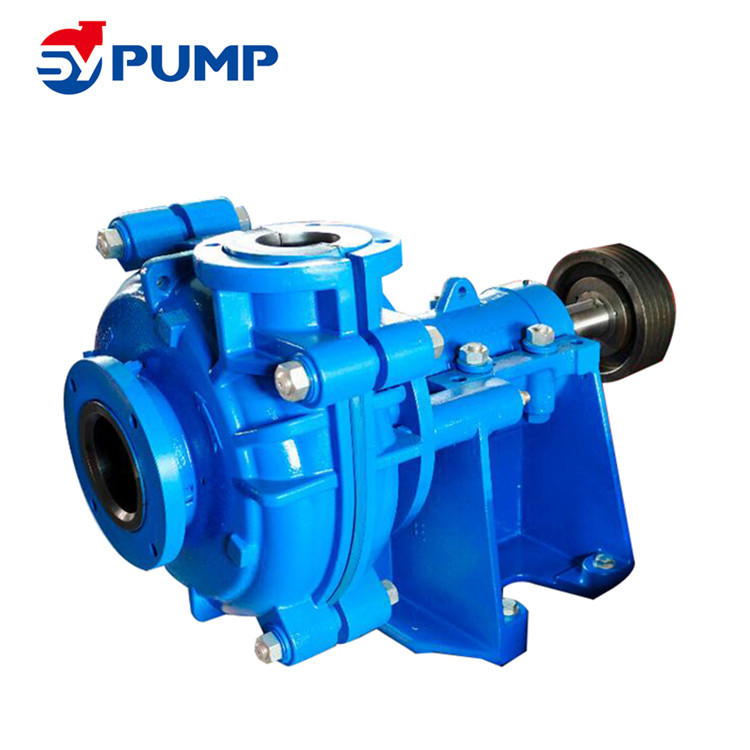If you've ever pumped slurry, you know that it can be one of the most challenging fluids to move. It's abrasive, thick, sometimes corrosive, and contains high amounts of solids. No doubt about it, slurry is tough on pumps. But the more you understand about what you're pumping, the better your pump selection becomes, setting you up for longer mean time between failure.
Slurry pump is a type of centrifugal pump, lobe pump or peristaltic hose pump that increases the pressure of liquid and solid particle mixture (aka slurry), through centrifugal force (a rotating impeller) and converts electrical energy into slurry potential and kinetic energy.
Slurry pumps are widely used in transport of corrosive/abrasive and high concentration slurry in many industries such as gold, silver, iron ore, tin, steel, coal, titanium, copper, mineral sands, Lead and zinc. They are often designed to be suitable for heavy-wearing and heavy-duty uses.Various other industries include Molybdenum, Electric Utilities, Oil Shale, Water & Sewage Utilities, Building areas, Sand & Gravel, Tobacco and Agriculture (hog, poultry, dairy manure) and are grouped by:
Impeller quantity: single stage and multistage slurry pump
Shaft position from the horizontal: horizontal and vertical slurry pump
Impeller suction way: single suction and double suction slurry pump
Pump casing structure: solid casing, horizontal split-case, and vertical split-case slurry pump
Selecting the right pump
for slurries is critical to get the most bang for your buck. Basic pump components, such as the impeller size and design, material of construction, and discharge configurations must be considered to ensure the pump will hold up against the wear caused by an abrasive slurry. Slurry pumps are generally larger in size when compared to low-viscosity liquid pumps and usually require more horsepower to operate because they're less efficient. Bearings and shafts must be more rugged and rigid as well.

Many types of pumps are used for pumping slurries, but the most common slurry pump is the centrifugal pump (pictured above).
The centrifugal slurry pump uses the centrifugal force generated by a rotating impeller to impact kinetic energy to the slurry, similar to how a water-like liquid would move through a standard centrifugal pump.
The parameters determined before selecting an appropriate slurry pump include capacity, head, solids handling capacity, efficiency and power, speed and NPSH.
